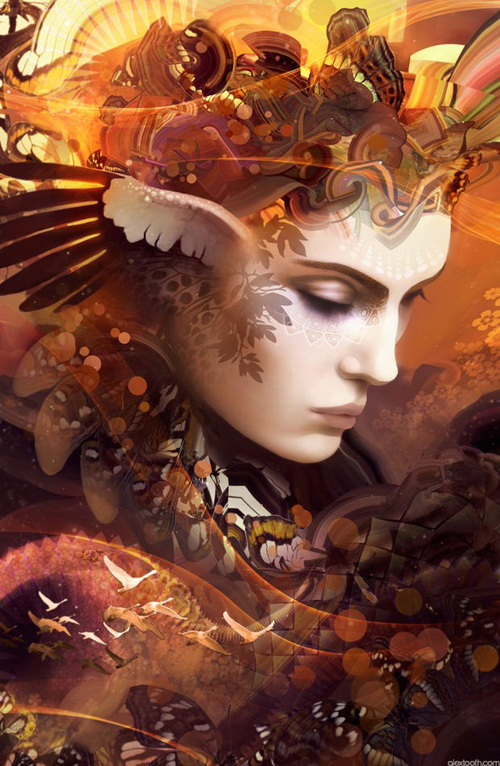Digital Illustrations and Paintings
Digital art allows artists to utilize technology to create illustrations and paintings just as impactful as traditional mediums. Artists like Floortje Visser are able to use programs like Procreate on the iPad to mimic physical textures and bring digital illustrations to life. Through software like Adobe Photoshop and Adobe Illustrator, digital artists can further experiment with unique digital effects or aim for hyperrealistic styles. This opens new doors of creative expression compared to traditional mediums alone.
Generative Art Pushes Boundaries
While digital illustrations involve direct manipulation, generative art relies on algorithms, AI, and mathematical formulas to create unique artworks. Pioneering digital artists experiment with unpredictable self-generating systems. One example is the French art collective Obvious and their groundbreaking piece “Edmond de Belamy” which sold at auction for over $430,000, showing how AI art is gaining mainstream acceptance. As generative techniques continue advancing, this niche promises boundless possibilities for human-machine creativity.
Animated Digital Art Spreads Online
Few forms of digital art reach as many eyes as GIFs and web-based videos. Through platforms like Instagram and YouTube, animated works by artists such as Okkult Motion Pictures and Rafael Varona have garnered huge followings. Stop motion, cartooning, and cinemagraph techniques breathe life into static images. As animation software develops, the possibilities for emotional storytelling and visual effects thrive in this medium.
Developing Digital Illustration Skills
For novice digital artists, the transition from traditional to virtual canvases brings a learning curve. However, beginning with simple programs makes the process more approachable. Autodesk Sketchbook offers intuitive drawing tools for tracing over photos, as shown through one artist’s journey. With steady practice across different software, their illustration skills rapidly developed as they focused on blending, shading, and personal style. Digital tools allow experimenting freely without constraints, aiding the learning process.
Blending Traditional and Digital Methods
Many digital artists find innovative ways to merge physical and virtual mediums. One example uses an iPad and the app Procreate to paint photorealistic donuts which could pass for oils or acrylics. By digitizing traditional techniques, these hybrid artists expand artistic freedom. Others skillfully trace analog sketches into the digital space. Whether manipulating photos or preserving hand-drawn works, blended practices keep evolving the digital art form.
Sharing Creative Works Online
A core benefit of digital art lies in worldwide accessibility. Platforms like Instagram, Twitter, YouTube, and personal blogs/websites allow visual storytellers to promote their craft. Artists routinely document digital painting, animation, or design processes for fascinated online audiences. Interactive communities also critique and celebrate each other’s progresses. As the internet connects global creativity, sharing works online inspires burgeoning digital talents everywhere.
Earning From Digital Creativity
The rising profile of digital art opens commercial opportunities. Established innovators successfully monetize through commission work, limited editions, and gallery represention. Meanwhile, emerging talent finds patronage on creative marketplaces like Society6 and Etsy by licensing fan-inspired designs. As non-fungible tokens (NFTs) boom, even generative algorithms can earn through crypto transactions. For passionate digital creators, independent careers become increasingly viable through new economic models.
Imagining Future Directions
Looking ahead, unforeseen creative intersections will shape digital art’s continual evolution. Augmented and virtual reality offer immersive 3D worlds for artists to shape. As AI increasingly assists human workers, collaborations between code and consciousness may produce surreal hybrid works. Through endless technical progress and borderless online communities, digital art flourishes as a driving cultural force. Its future stays unwritten but full of dazzling potential.

